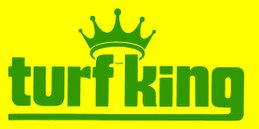Bird Seed and the Lawn
I usually try to place my bird feeders in the garden depending on what kind of seed they contain. I am down to only 3 kinds of feed lately.
I like whole unshelled peanuts for the woodpeckers and chickadees. I have a metal peanut feeder which works great. But I also use some onion netting as well. I saved a couple of netting bags from the small white onions or from a garlic netting bag. I put the peanuts in the netting, tie up the end and hang the bag in a tree or bush. It does bother me when the small downy woodpecker laboriously pecks a hole in the peanut shells, only to be chased away by the bully bluejays once the peanuts are accessible.
I keep the feeder for the niger
Black sunflower seeds seem to disappear over night. When the birds are ravenous, I could be filling the feeders every other day and still not keep up. The goldfinches, sparrows, purple finches, chickadees, bluejays, cardinals and morning doves all flock to the feeders. I don’t mind if these feeders are situated over certain garden beds. In these beds, I don’t mind if a sunflower or 2 or 3 sprouts up later in the spring.
In fact I usually save some of the sunflower seed to sow in the garden. A handful of bird seed bought at bird seed prices only cost pennies. A package of sunflower seeds is a couple of dollars at a minimum. If I feel extravagant I will splurge on a couple of packages of the fancy sunflowers, but for a mass planting, the bird seed variety is good enough for me (and the birds that do come along late in the summer to feed on the seed)
or call us at 905.318.6677 or 1.888.TURFKING (887.3546)
Copyright 2007 Turf King-Hamilton. All Rights Reserved.



No comments:
Post a Comment